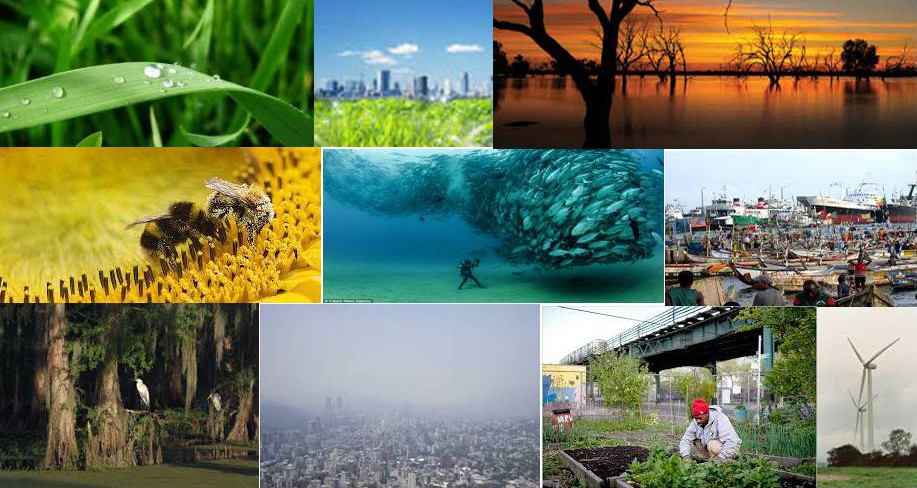Please read the attached article, “Sustainable development and tourism destination management: A case study of the Lillemammer region, Norway,” and come prepared to discuss the questions that follow in class on Oct. 15.Sustainable Development Lillehammer
1. What are some of the benefits (positive impacts) that tourism can provide to communities?
2. What are some of the costs (negative impacts) of tourism?
3. How can the good impacts be maximized and the bad minimized so that the local community benefits more from tourism?
4. How can the local community participate more in tourism development?




Tourism industry is at times the lead contributing factor that drives the economy of developing nations. Tourism helps to employ locals and keep individuals engage to provide for the families. It also encourages governments and local agencies to help preserve its unique resources and heritage in order to keep attracting outsiders.
On the other hand, tourism often consumes scarce resources when faced with the pressure of demands by outsiders to fulfill their urges and fantasies. Potential of exploiting those natural resources become greater. “The very motion of tourism often degrades what tourists came to experience and results in the common assertion that tourists destroy tourism” by Welford and Ytterhus.
International laws protecting the environment should be respected by the travel and tourism industry. Locals who are directly in contact with tourists should also be educated on how to protect the environment while enhancing the experience of the tourist. Local communities can implement industrious waste disposal techniques to sustain beautification of their surroundings.